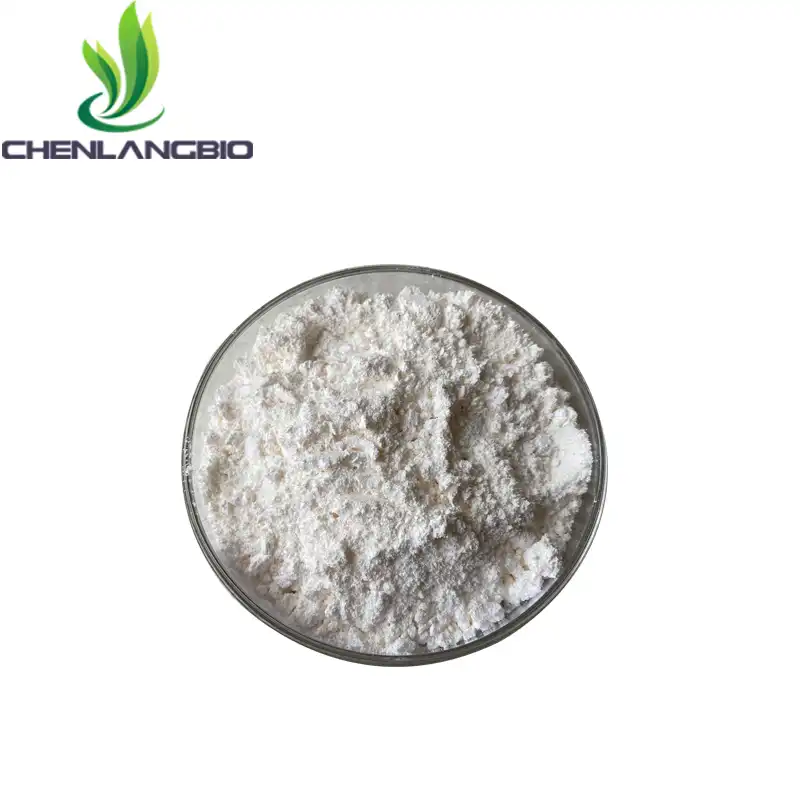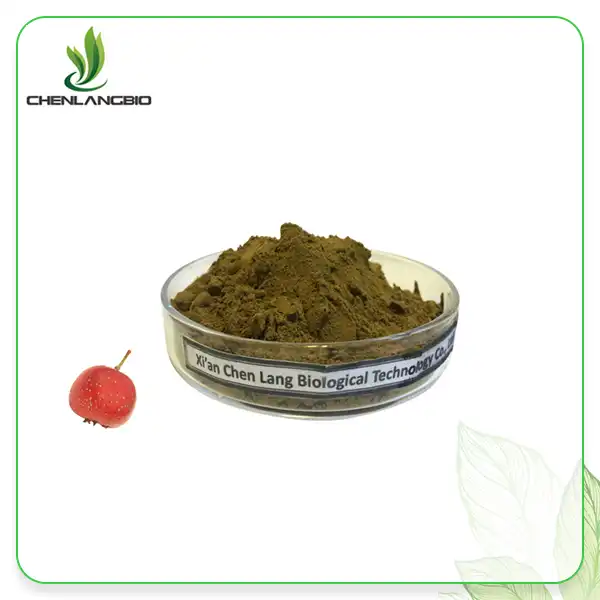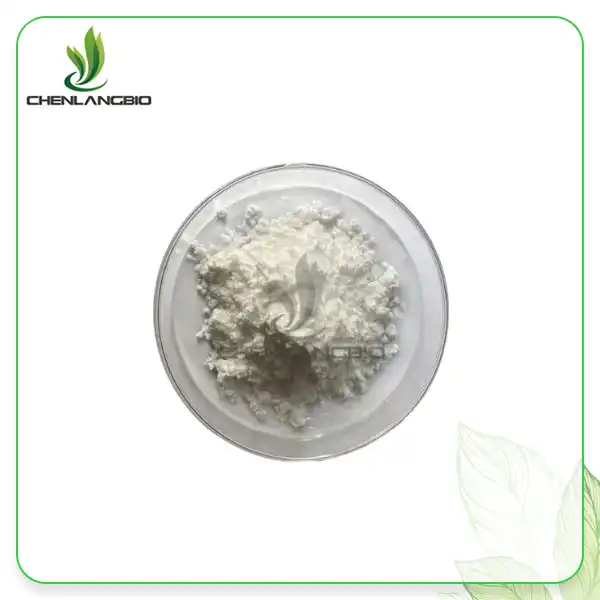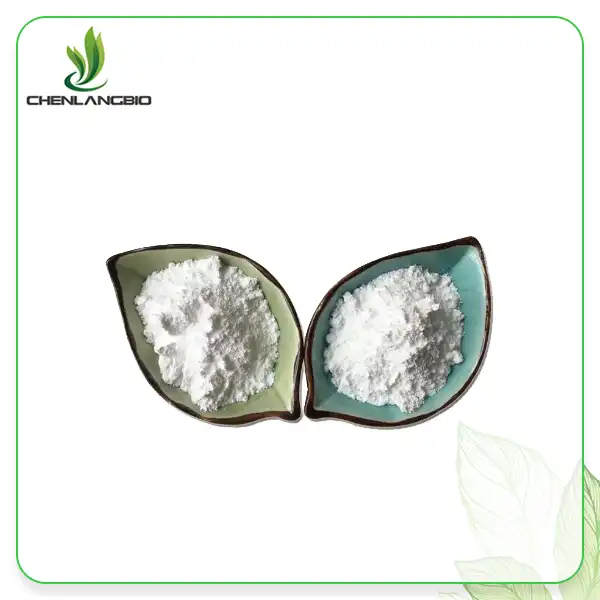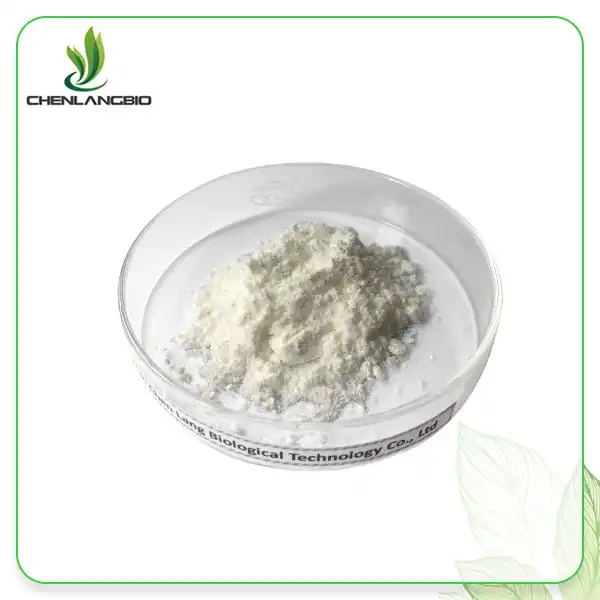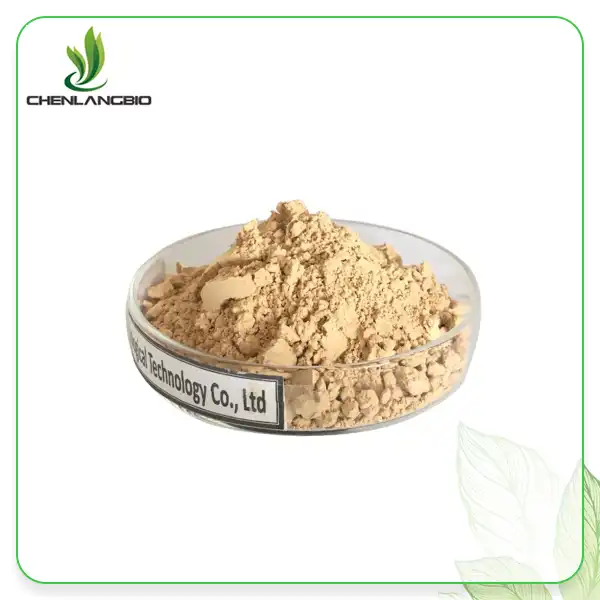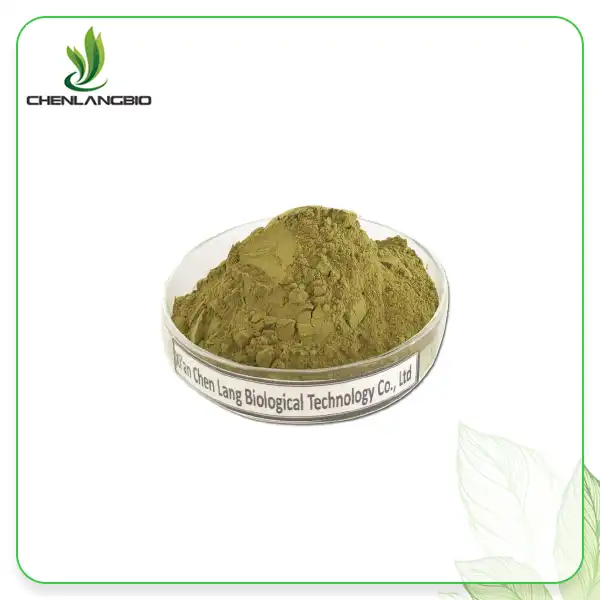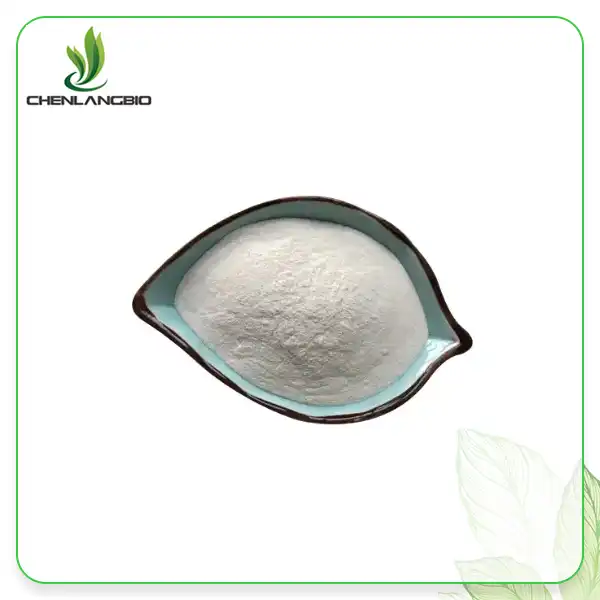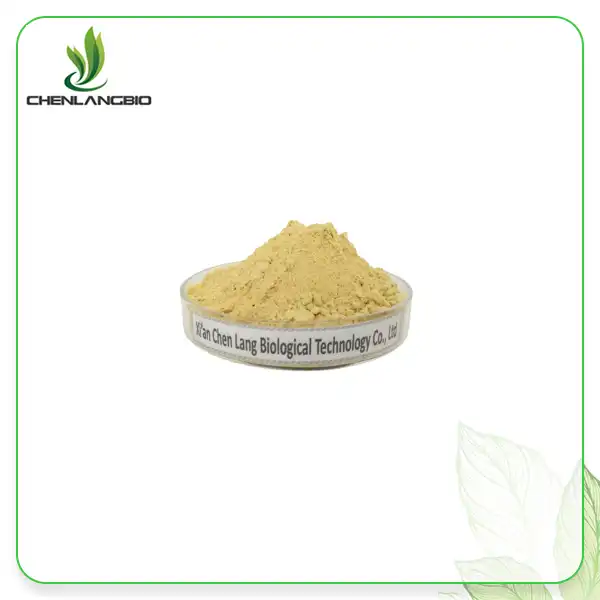How Long Does Praziquantel Stay Active in Water
2024-07-01 17:58:59
Praziquantel is a widely used anti-parasitic medication in aquaculture and fishkeeping. Understanding the duration of its activity in water is crucial for effective treatment and ensuring the health and safety of fish. This blog will explore the lifespan of praziquantel in water, its impact on aquatic environments, and how to optimize its use.
How Does Praziquantel Work in Aquatic Environments
Praziquantel is a powerful anthelmintic agent used to treat parasitic infections in fish. Its effectiveness in aquatic environments depends on several key factors, from its mechanism of action to environmental conditions that influence its activity.
Mechanism of Action:
Praziquantel primarily works by targeting the nervous system of parasitic worms. Its mode of action includes:
Disruption of Calcium Homeostasis: Praziquantel increases the permeability of the parasite’s cell membranes to calcium ions, causing an influx of calcium.
Muscle Spasms and Paralysis: The increased calcium levels lead to sustained muscle contractions, resulting in paralysis.
Detachment and Death: Paralyzed parasites lose their grip on host tissues and eventually die due to the disrupted cellular function.
This mechanism is highly effective against a range of parasites, including:
Flukes (Trematodes)
Tapeworms (Cestodes)
Flatworms
Water Solubility:
The solubility of praziquantel in water is crucial for its effectiveness in treating aquatic parasitic infections.
Moderate Solubility: Praziquantel is moderately soluble in water. Its solubility can be enhanced by using solvents or surfactants, which help disperse the medication more evenly in the water.
Formulations: Various formulations, such as liquid solutions or powders mixed with water, are designed to improve solubility and ensure the medication is accessible to the parasites.
Environmental Factors:
The activity of praziquantel in water can be influenced by several environmental conditions:
Temperature:
Enhanced Activity in Warmer Temperatures: Praziquantel is generally more effective at higher temperatures, as the metabolic rate of parasites increases, making them more susceptible to the medication.
Optimal Ranges: Ensuring the water temperature is within the optimal range for both the fish and the medication enhances treatment efficacy.
pH Levels:
Effectiveness at Optimal pH: Praziquantel works best within certain pH ranges. Maintaining the pH of the water at optimal levels for the fish species and the medication improves treatment outcomes.
Avoiding Extremes: Extreme pH levels can reduce the efficacy of praziquantel and stress the fish, complicating treatment.
Water Hardness:
Impact on Solubility: The hardness of the water can affect the solubility and dispersion of praziquantel. Soft water may facilitate better dispersion compared to very hard water.
Practical Application:
Understanding how praziquantel works in aquatic environments helps fish keepers and aquaculture professionals optimize its use:
Correct Dosage and Administration:
Dosing: Accurate dosing is crucial. Overdosing can harm the fish, while underdosing may not eliminate the parasites effectively.
Application Methods: Depending on the type of infection, praziquantel can be administered via baths, oral medications, or medicated feed.
Water Quality Management:
Regular Monitoring: Consistent monitoring of water temperature, pH, and hardness ensures optimal conditions for praziquantel to work effectively.
Adjustments: Making necessary adjustments to water conditions before and during treatment can enhance the medication's efficacy and reduce stress on the fish.
Compatibility with Other Treatments:
Integrated Approaches: Praziquantel can be used in combination with other treatments, but it is important to be aware of potential interactions. Consulting a veterinarian or aquaculture specialist ensures safe and effective treatment plans.
Observation and Follow-Up:
Monitoring Fish: Observing the fish for signs of improvement or adverse reactions during and after treatment helps in making necessary adjustments and ensures the well-being of the fish.
Secondary Treatments: Sometimes, follow-up treatments may be required to completely eradicate parasitic infections.
How Long Does Praziquantel Remain Effective in Water
The duration of praziquantel's activity in water is influenced by several factors:
Degradation Rate: Praziquantel starts to degrade once it is introduced into the water. The degradation rate can vary based on environmental conditions. Typically, praziquantel remains active for about 24 to 48 hours in water, after which its efficacy starts to diminish.
Water Changes and Filtration: Regular water changes and the use of filtration systems can affect the concentration of praziquantel in the water. It is important to monitor the levels and maintain an effective concentration for the duration of the treatment.
Dosage and Administration: The initial dosage and the method of administration play crucial roles in determining how long praziquantel remains active. Proper dosing ensures that the medication maintains its efficacy throughout the treatment period.
By understanding these factors, fish keepers can optimize the use of praziquantel, ensuring that their fish receive the full benefits of the treatment.
Can Praziquantel Harm Beneficial Bacteria in Aquariums
The impact of praziquantel on beneficial bacteria in aquariums is a common concern among fish keepers. Here’s an expanded exploration of its effects:
Impact on Nitrifying Bacteria
Nitrifying Bacteria Resilience: Nitrifying bacteria, which play a crucial role in the nitrogen cycle by converting ammonia to nitrites and then to nitrates, are generally resilient to praziquantel. These bacteria are vital for maintaining water quality and the overall health of the aquarium ecosystem. However, high concentrations or prolonged exposure to praziquantel can potentially disrupt their activity. This disruption can lead to an imbalance in the nitrogen cycle, causing spikes in ammonia and nitrite levels, which are harmful to fish.
Monitoring Water Parameters: Regular monitoring of water quality parameters such as ammonia, nitrite, and nitrate levels during and after praziquantel treatment is essential. This helps in early detection of any adverse effects on nitrifying bacteria, allowing for prompt corrective measures to be taken.
Balancing Treatment and Aquarium Health
Adherence to Recommended Dosages: To minimize any adverse effects on beneficial bacteria, it is crucial to follow recommended dosages and treatment durations. Overuse or misuse of praziquantel can harm the delicate balance of the aquarium ecosystem. Fish keepers should always adhere to the manufacturer's guidelines or seek advice from a veterinarian specialized in aquatic health.
Water Quality Maintenance: Maintaining good water quality through regular water changes and proper filtration is essential. After praziquantel treatment, gradual water changes can help remove residual medication from the water, thus reducing any lingering impact on the bacterial population. Additionally, ensuring adequate aeration and avoiding overcrowding can help sustain a healthy bacterial environment.
Alternative Treatments
Probiotics: In cases where the health of beneficial bacteria is a primary concern, the use of probiotics can be considered. Probiotics can help replenish and support the beneficial bacterial population in the aquarium, promoting a stable and healthy environment.
Supplementary Measures: Ensuring optimal conditions for bacterial growth, such as maintaining stable temperatures, pH levels, and adequate oxygenation, supports the recovery and function of nitrifying bacteria. Adding bacterial supplements after treatment can also help in re-establishing a healthy microbial balance.
Preventive Care
Biosecurity Measures: Implementing biosecurity measures, such as quarantining new fish and plants before introducing them to the main tank, helps prevent the introduction of parasites and reduces the need for treatments. This proactive approach minimizes the risk of disrupting the aquarium’s microbial balance.
Regular Monitoring: Regular monitoring of fish health and water quality can help detect early signs of parasitic infections. Early detection allows for timely and targeted treatments, which are less likely to impact beneficial bacteria adversely. Maintaining a routine schedule for testing water parameters ensures that any deviations are quickly addressed.
What Are the Best Practices for Using Praziquantel in Fish Tanks
Effective use of praziquantel in fish tanks involves several best practices:
Pre-Treatment Preparation: Before administering praziquantel, ensure that the water parameters are within the optimal range for the fish species being treated. Remove activated carbon from filters, as it can absorb the medication, reducing its effectiveness.
Accurate Dosing: Use precise measurements to ensure the correct dosage. Overdosing can harm fish, while underdosing may not effectively treat the parasites.
Monitoring and Adjustments: Regularly monitor the fish and water quality during treatment. Adjust the dosage or treatment duration based on the fish’s response and the persistence of the parasites.
Post-Treatment Care: After the treatment, perform partial water changes to remove any residual medication. Monitor the fish for any signs of stress or secondary infections and provide supportive care as needed.
Following these best practices can help fish keepers use praziquantel effectively, ensuring the health and well-being of their fish.
Conclusion
Understanding how long praziquantel stays active in water and its impact on the aquatic environment is essential for effective parasite management in fish. By following best practices and considering the specific needs of their fish, aquaculture professionals and hobbyists can use praziquantel safely and effectively.
For more detailed information or technical assistance, please feel free to contact us at admin@chenlangbio.com.
References
Mayo Clinic. (2024). Praziquantel (Oral Route) Proper Use. Retrieved from Mayo Clinic.
Drugs.com. (2024). Praziquantel Advanced Patient Information. Retrieved from Drugs.com.
Reef2Reef Saltwater and Reef Aquarium Forum. (2023). Praziquantel Water Soluble? Retrieved from Reef2Reef.
Reef2Reef Saltwater and Reef Aquarium Forum. (2023). Dosing Human Praziquantel. Retrieved from Reef2Reef.
Humble.Fish & Reef Community. (2023). Use DMSO to Dissolve Medications. Retrieved from Humble.Fish.
Verywell Health. (2024). How Tapeworm Infection Is Treated. Retrieved from Verywell Health.
SingleCare. (2023). What is Praziquantel: Uses, Warnings, Interactions & FAQs. Retrieved from SingleCare.
ScienceDirect. (2024). Praziquantel Use in Aquaculture. Retrieved from ScienceDirect.
Cleveland Clinic. (2024). Praziquantel (Biltricide®): Uses & Side Effects. Retrieved from Cleveland Clinic.
MedicineNet. (2024). Praziquantel: Dewormer Uses, Warnings, Side Effects, Dosage. Retrieved from MedicineNet.
For more detailed information or technical assistance, please feel free to contact us at admin@chenlangbio.com.
Send Inquiry
Related Industry Knowledge
- Inside Scoop: Fucoidan Powder’s Role in UV Skin Defense
- How Does Tretinoin Support Global Skincare Innovation in 2025?
- Why Paeoniflorin 80% Is Trending in Natural Medicine
- Sea Buckthorn Oligopeptide: A Powerhouse for Immune Health
- What are the Benefits of Glabridin Powder
- Does Sodium Ascorbyl Phosphate Promote Collagen
- Does Alpha-GPC Make You Stronger
- Is Aloe Vera Gel Freeze-Dried Powder Good for Skin
- Explore Gynostemma Pentaphyllum Extract Gynostemma Pentaphyllum Powder in Depth
- What is Pure Pomegranate Extract Good for

